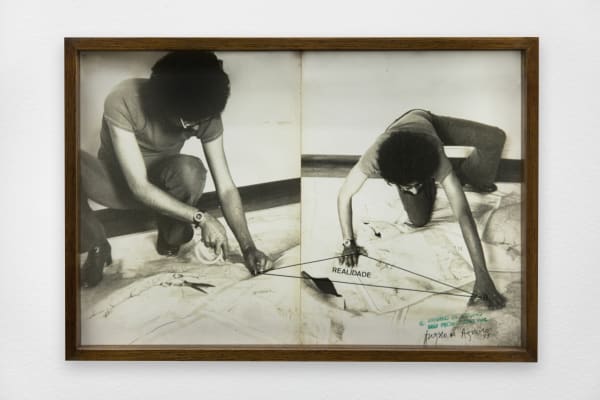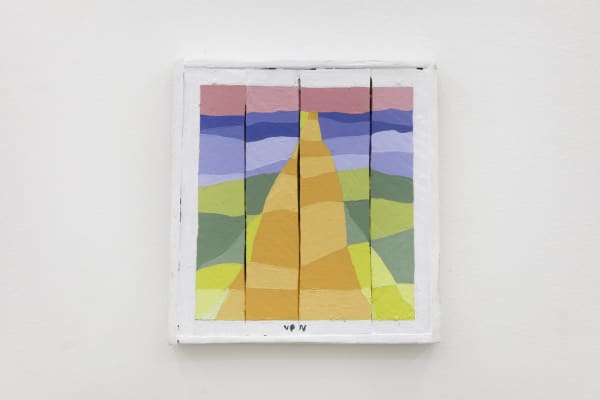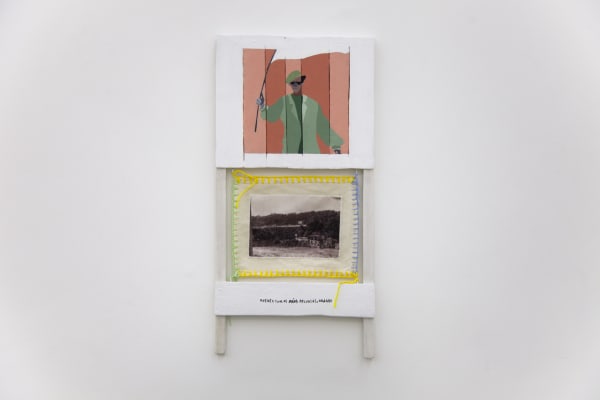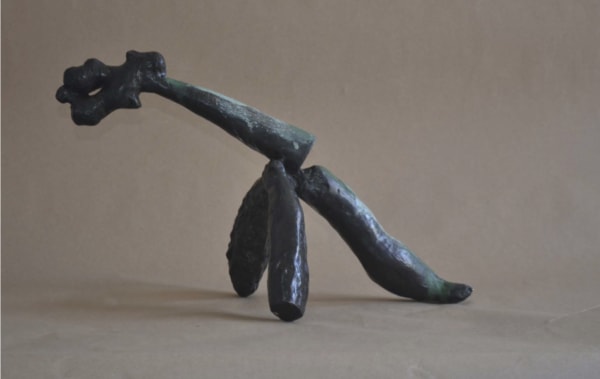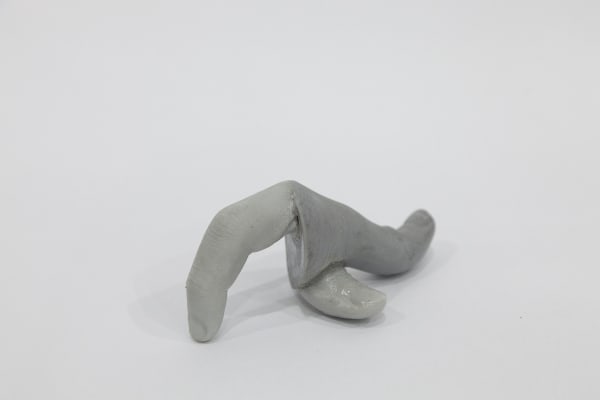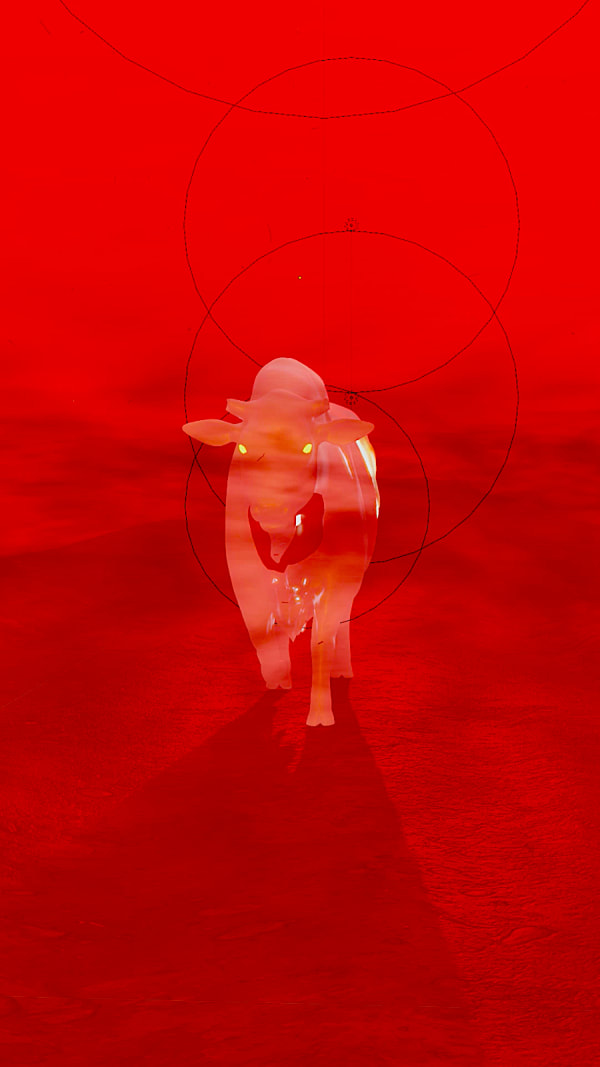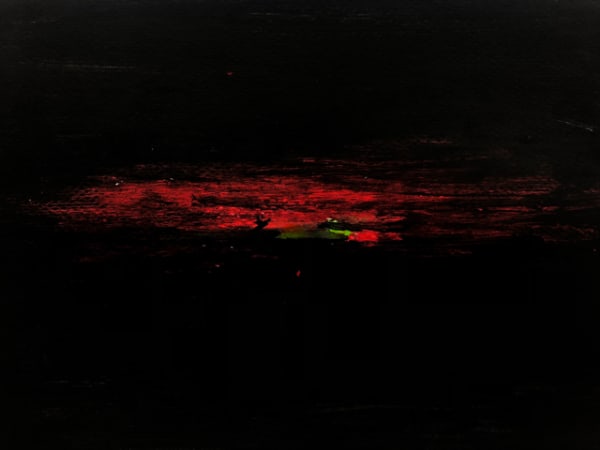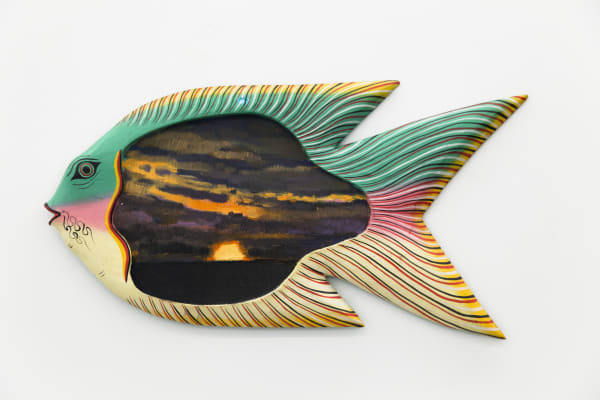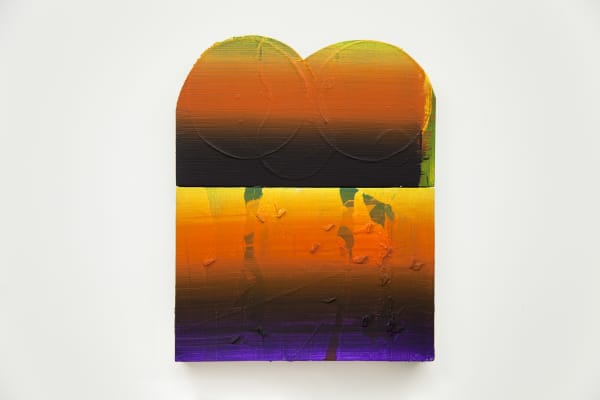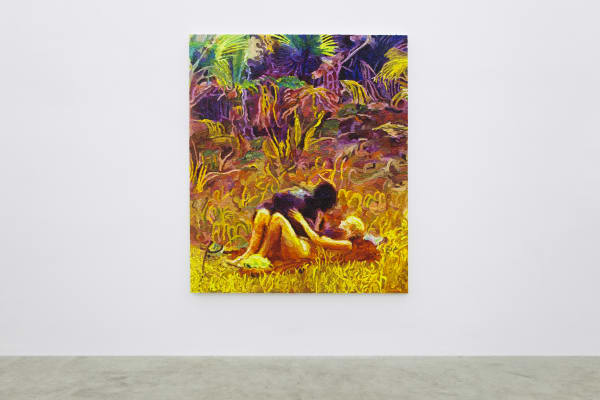The Raw and the Cooked
"A myth of myths", so Lévi Strauss defined 'The Raw and the Cooked', the first and ambitious volume of his Mythologiques, published in 1964. In the uninterrupted flow of those hungry pages, there is an anthropologist who is interested in operating in a "logic of the sensitive qualities" by connecting and comparing a plethora of cultural senses built from the concrete experience of the body. With him we have walked through countless myths of the stateless American peoples; narratives that speak of the transition from nature to culture, from the continuous to the discontinuous (and vice-versa) and reveal a non-arbitrary logic of seeing and thinking the world between the fresh and the rotten, the wet and the burned, the sensitive and the intelligible. He was interested in demonstrating how one can articulate complex propositions about reality from concrete experience categories: smells, tastes, colors, textures and other sensory properties. What differences lie in the contrast between a lady who knows how to chew noisily and another who, due to her poor teeth, is limited to licking and drooling? How would honey and tobacco correlate? What do the dust on the Milky Way say?
Although it has become an irrevocable milestone in 20th century Anthropology, it is certain that 'The Raw and the Cooked' also faced several criticisms throughout the decades and endure the limitations of its own feat. It sees myths as a transcendental category, not to mention the Euro-Western pitfalls of structuralist ambition itself, etc. Therefore, we do not quote Mr. Lévi-Strauss' book to adhere to it, but rather utilize its "crunchy" title to help us establish other moves between the domain of nature and the domain of culture. Unlike the obvious dichotomy between the innate and the acquired, data and constructions, what interests the artists gathered here is to understand the fictional character that outline such attributions. More than that, here lies the frequent inability to distinguish between reality and fiction (in Angelo de Aquino's 'The Builder of the World' (1973), it is noted a desire to territorialize reality – at one time inventing it and capturing it). In my latest studies, I have been interested in observing with the artists how delusional the present sounds: there is no agreement left on basic social facts, the parameters of reading reality have vanished or become erratic and episodic, and the democratic pact seems to be increasingly remote. On the other hand, the accentuation of the fictional character of reality has also allowed us to produce meanings that deviate from the prevailing patterns. It is imagination, after all, that expands the negotiable horizons of the possible and asserts itself as an essential social practice for the construction of collective identities, asserting itself as a fundamentally political operation. The blurred boundaries of nature and culture interests us in that they allow us to understand the contradictions and discontinuities of life. In the exhibition, this connection is expressed in works that address the relationship of man with his territory, but also of the transformations of the matter, the constructions around sexuality and identity, and the taste for hybrids and metamorphoses.
Even outside the exhibition venue, Frederico Filippi presents 'Retrasados' ('Belated') – a marble sun watch carved with the words Miracle and Recession replacing the hours of the day. In the morning, the sun runs through the letters of the word miracle to eventually reach recession. The continuous cycle of grace and doom is guided here by a vicious, suprasocial cosmic time.
In the small gallery room, we just exhibit the Antônio Dias' sound work 'Record: The Space Between' (1971). The side A of a vinyl record named 'The Theory of Counting', features a ticking alarm clock; side B - named 'The Theory of Density'- is a record of the artist drawing and breathing out between silent intervals. The breath and the ticking of the clock put man amid a conflict of temporalities, movement and a pendulum swing between life and death, norm and freshness. In the exhibition hall, we dare to sew together fragments of considerably different productions, perhaps inspired by Strauss' own bricolage.
In the center of the hall, Bruno Brito presents two new threads – literally a raw one and a cooked, charred one, as a positive-negative pair – produced for the show and inspired by a cassava press seen by the artist on a 19th century farm. Especially in the context of a pre-industrial Brazil, they evoke a close dialogue between a certain empathy of forms and the history behind the technique. We are led to think not only of the transformation of cassava itself, but also of carpentry as a resource that negotiates with the raw material to build its own language. In addition, the threads measure a fathom, an old unit of length whose instrument consists of a 2.2 m long rod (pile). Another contrasting duo is the two meshes presented by Zé Tepedino - one made of a plastic, polypropylene-based ribbon, and the other made of felt, a paper made of wool and other animal hair. In addition to the sharp contrast between the organic and the synthetic materials, the wet aspect of the ribbon is reminiscent of the works made with banana leaves. Here, Tepedino transits the boundary between biography and the language of his materials.
Also, the rural imaginary takes us to 'Green flash, green flesh', by Janaina Wagner. The video - still not exhibited in Brazil -, features a Frankenstein nelore cow, now the most industrialized and exported cattle breed in Brazil. Among 16mm footage and 3D objects, one sees a ghostly creature heading nowhere, under the high temperatures of a devastated land. The liquidity of the video image is contrasted by the paintings of José Antonio da Silva, he too fascinated by the contrasts contained in cattle. In his work, the public witnesses the implementation of agriculture in northwestern São Paulo, the transformation of forests into crops, and the conversion of an agrarian into an urban country in a violent and visceral way – not coincidently, the sky seems always short, squeezed by the exploitation of a soil that never ceases to burn. At some point in the work, a quote from Vanderlei Lopes warns: 'Every day the paradise is recreated', forging a draft paper in bronze and gouache, questioning a fruitful Brazil as it becomes a ruined sketch. It reminds of Rafael Alonso's supposedly idyllic landscapes depicting themselves as in a cliché portrayal of the tropics.
From the cattle the exhibition moves to the Raw and the Cooked pendulum in works that address sex on the borderline between human and animal, desire and double. Renan Teles' series 'I searched for "Africa" on a porn website' question, from a virtuous pictorial practice, the sexual fetishes around black bodies and their supposed wild and primitive condition. Posse and Lopes, on the other hand, presents a mirrored, almost camouflaged sexual intercourse, claiming - as the title suggest - the political dimension behind the act of "fucking". Anis Jaguar and Sumé Aguiar present, in turn, an image of a dreamlike and mythological nature –two creatures about to emerge from water, once asleep in another dimension. Their time is a different time, perhaps that of myths, fables, the beginning or post-end of the world.
Next to them, Bruno Ferreira presents two works that transit between the animal, vegetal and mineral realms – they seem at one time an oil stain, a fossilized branch and a metallic rock. They are named Kraken, a Nordic mythological being that inhabits the depths of the ocean, a primordial figure of what is regarded as being repulsive. Being repulsive make borders weaker, problematizes the moves from nature to culture, and vice-versa. This is also the case of Ilê Sartuzi, Dóra Smek and Darks Miranda, each in their own way, fragmenting and tearing up bodies without an origin, non-cohesive remains and clusters conflicting with each other. Or Diambe's 'New Mucosas' which depicts roots and legumes as hybrid beings beyond human nature, as fabulous science fiction characters, in both patinated bronze and oil and tempera on canvas. In 'Illustration of Death' (1975), by Luiz Alphonsus, the reflection on the body is virtualized, devoid of a matter and integrating into the whole.
Given the circumstances of a post-human capitalism, whose transgenic reality exceeds any binarism, it is possible to say that these artists stress the relations between naturality and artificiality without seeking to dissolve them. In other words, they are productions that rely on their own fragmentation – a kind of rebellion and insubordination, a property of what is monstrous. As Bruno Latour would say, "How could we disenchant the world as our laboratories and factories create hundreds of hybrids every day that are even stranger than the previous ones to populate it?"
In short, these works challenge the conventional structures of utterance and representation and seek to expand our ways of writing the world and ourselves. If it is not possible to exist without language, it is through language that we elaborate imagination to allows us to organize reality, test ways of living and dream collectively, yesterday and today.
Pollyana Quintella
![Angelo de Aquino Em Azul nº5, 1977 Tinta acrílica sobre tela [Acrylic paint on canvas] 118.5 x 118.5 cm [46 5/8 x 46 5/8 in]](https://artlogic-res.cloudinary.com/w_800,h_800,c_limit,f_auto,fl_lossy,q_auto/artlogicstorage/galeriaathena/images/view/22a40d2967ed0156513287a337529fb6j/galeriaathena-angelo-de-aquino-em-azul-n-5-1977.jpg)

